DESIBUZZCanada
Events Listings
Dummy Post
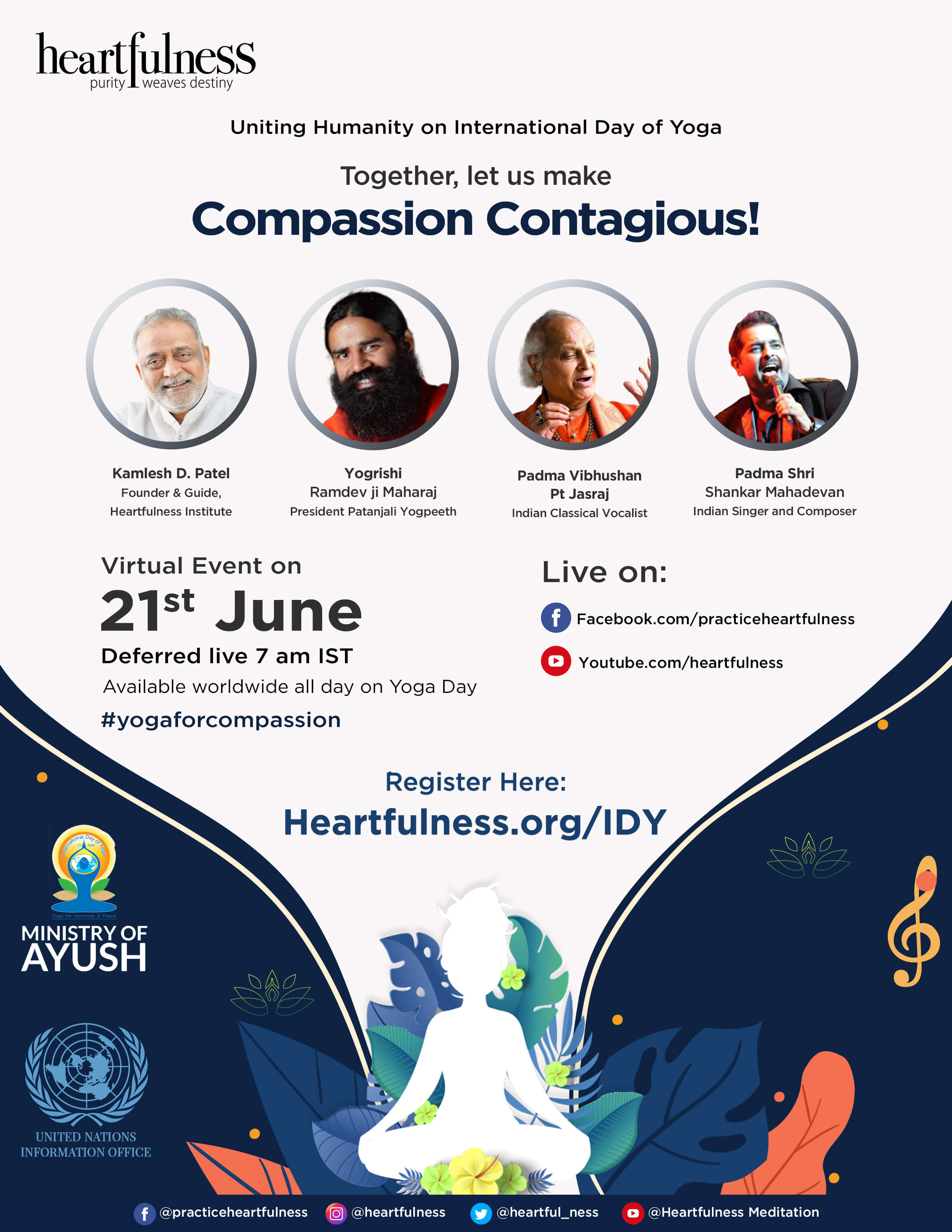
International Day Of Yoga To Be Virtually Celebrated Saturday At 4pm
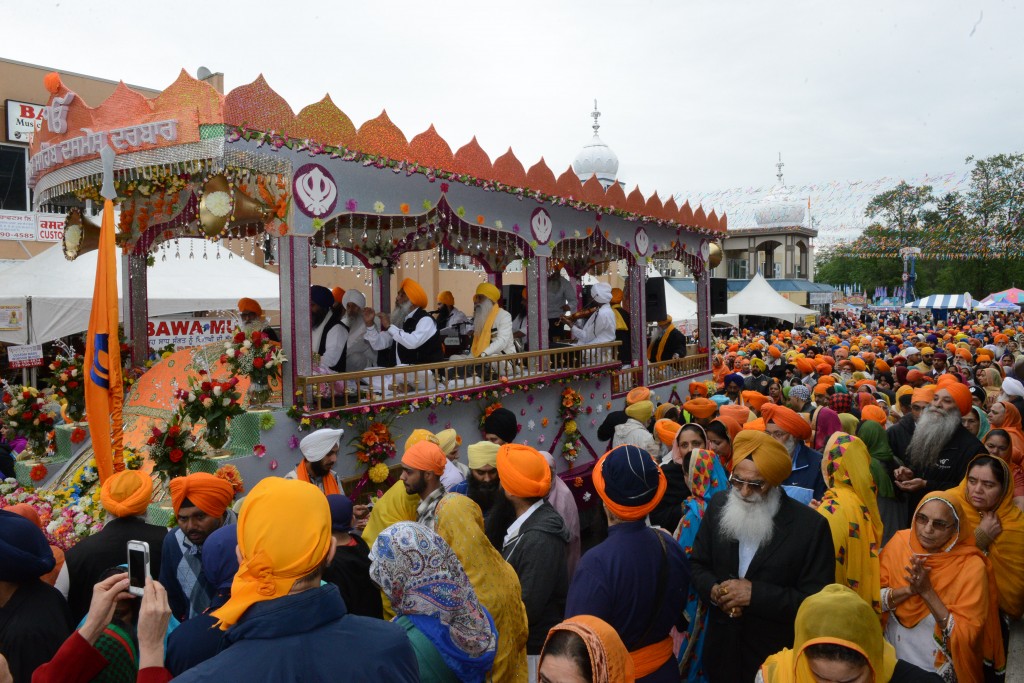
CANCELLED: Coronavirus Fears Kills Surrey’s Vaisakhi Day Parade

ADVERTISE WITH US: DESIBUZZCanada Is The Most Read South Asian Publication Online
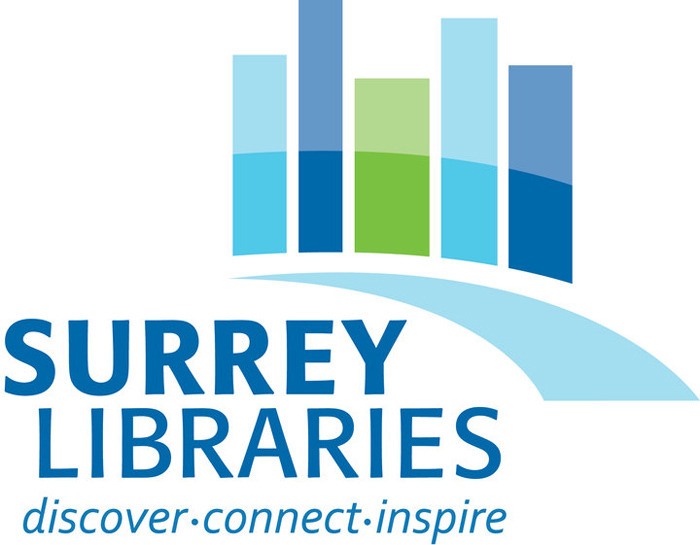
SURREY LIBRARIES: Get Technology Help At Surrey Libraries
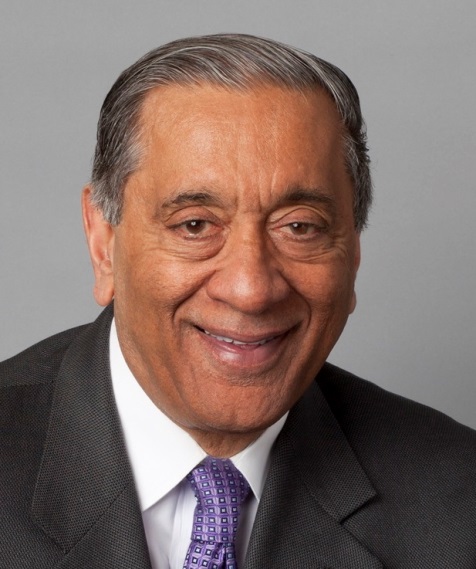
WALLY OPPAL: Surrey Police Transition Update On Feb. 26
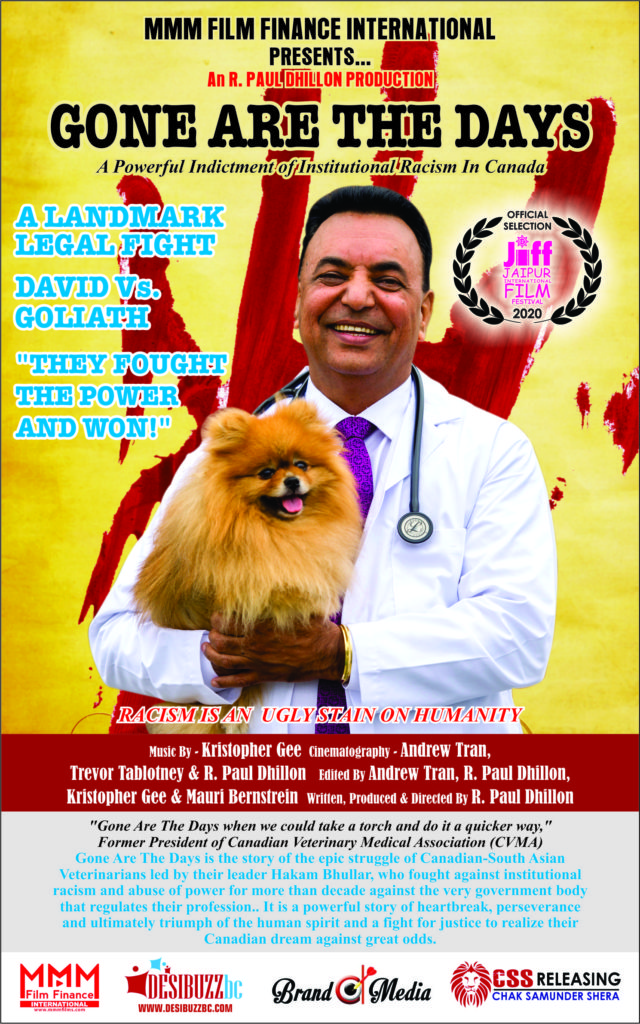
GONE ARE THE DAYS - Feature Documentary Trailer
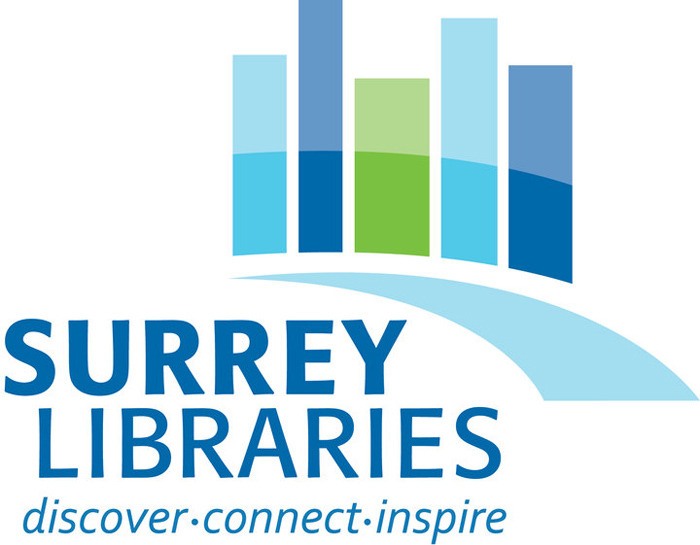
Technology Help At Surrey Libraries
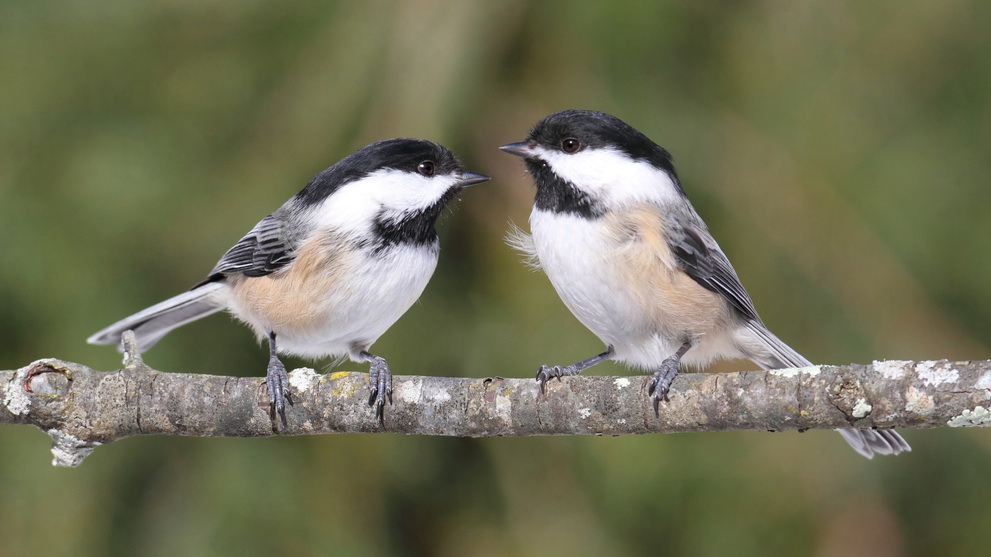
Birding Walks

Plea Poetry/short Story : Youth Contest
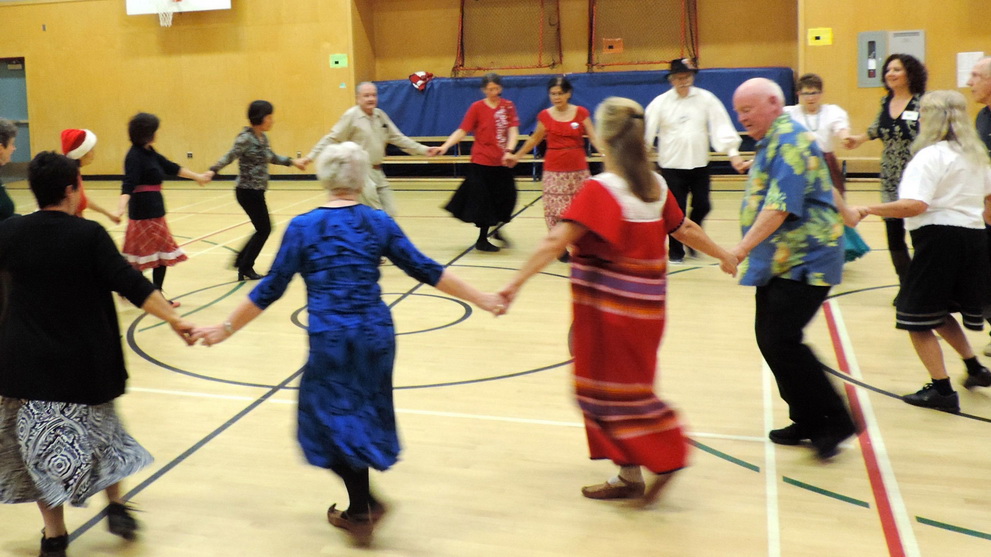
International Folk Dancing Drop-in Sessions
MY TRAVELS: Visit To Historic Lahore Shows Transformation Of The Royal Mughal And Centre Of Maharaj Ranjit Singh’s Kingdom To A Modern City
- May 22, 2024

By Balwant Sanghera
After visiting various holy places of worship and historical interests it was time to spend some time in the City of Lahore itself. While growing up in India I would often hear from our older generations that if you have not seen Lahore, you have not seen anything. My wife Baldev and I had spent a lot of time in Lahore on our previous visit to Pakistan in 2006. However, we were curious to visit some more this time. The Mughal rulers were very fond of this city. As a matter of fact, for them next to Delhi, Lahore was a very important centre of their empire. Mughal rulers called Lahore the City of Gardens.They always maintained a very close link with this city. Lahore is the second largest city of Pakistan after Karachi. It is 26th largest city in the world. In addition to being the capital of West Punjab, this city of 13 million residents is also known as the capital of Pakistan’s culture. Also, Lahore was the capital of Maharaja Ranjit Singh’s kingdom.
This historic city can be roughly divided into two parts-Old Lahore and New Lahore. The Old Lahore is rich in history. It has a lot of history such as the Shahi (Royal ) Fort, old railway station, Anarkali Bazar and various Sikh places of worship such as Guru Ram Das ji’s birthplace in choona Mandi, Gurdwara Dehra Sahib and many others. The New Lahore has the spacious new University of the Punjab, a lovely canal flowing through some spacious houses, a lot of shopping centres, plazas, hotels and much more. It is also the headquarters of the Punjab government. Incidentally, when we were still in Lahore, new federal and provincial governments were sworn inIslamabad and Lahore respectively. Punjab had the honour of having a female premier (Chief Minister) Mirium Sharif. Soon after being sworn in, she made two announcement of special interest to Punjabis around the globe. She appointed a Sikh -Ramesh Singh Arora, an influential minority leader to her cabinet. Mirium Sharif also announced that Punjabi language classes will be available in Pakistani Punjab’s schools. Both of these developments are very encouraging.

While strolling through the bazars and streets of Lahore we felt safe and comfortable. Everyone we met was very friendly and helpful. It gave us the same feeling as if we are strolling through the streets and markets of any Indian city like Jalandhar or Ludhiana. Western fast-food outlets like McDonalds and Subways were also scattered throughout the city. Like any other city one could not but notice the stark difference between City life and the rural areas. Some areas in rural Pakistani Punjab still need a lot of improvements in infrastructure and other facilities. This is the same in many other countries including India.
Another thing we noticed was the difference in currencies. We were pleasantly surprised to learn that one Canadian dollar was equivalent to more than 200 Pakistani rupees. One Indian rupee was close to three Pakistani rupees. This difference made our dollars go a lot further in Pakistan. In the independence struggle Lahore played a very important role for the freedom fighters. It was this city where freedom fighters like Shaheed Bhagat Singh and many other dedicated freedom fighters sacrificed their lives.
Also, community leaders like Dial Singh Majithia laid the foundations of a bank and a prominent English newspaper like The Tribune, which has been a very popular newspaper in northern India. One thing that impressed us the most was the generosity, hospitality,and kindness of Punjabis whether they are in West Punjab, East Punjab or NRI Punjabs scattered around the globe.With these pleasant memories we headed back to Wagah border and my hometown Pharwala in Jalandhar district. It was a very memorable visit for us.

Balwant Sanghera is a retired School Psychologist and Community Activist. He has just returned from a visit to India and Pakistan.

















